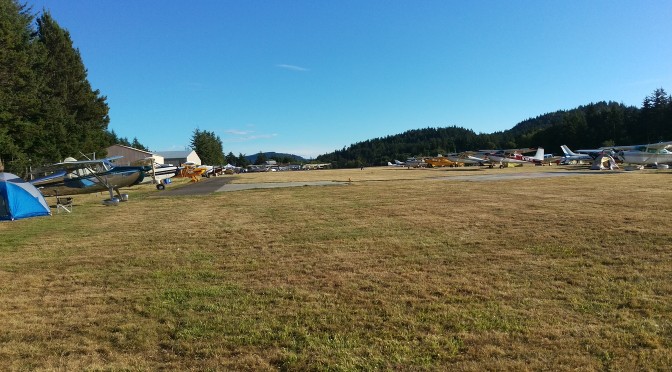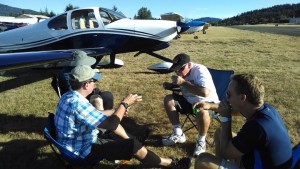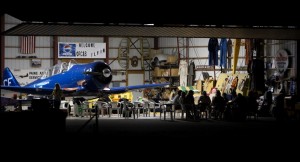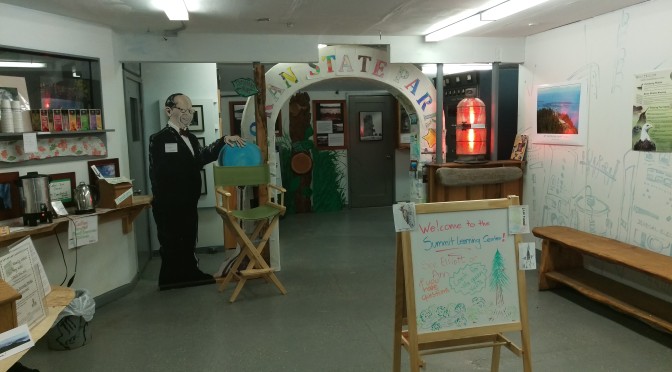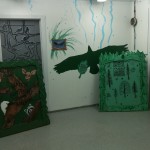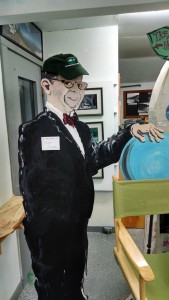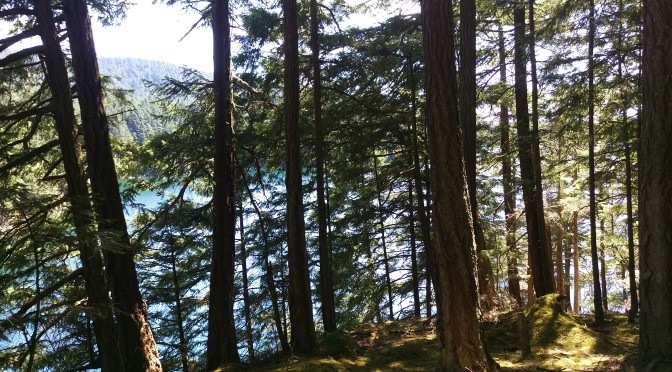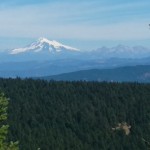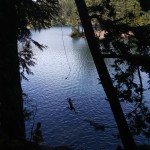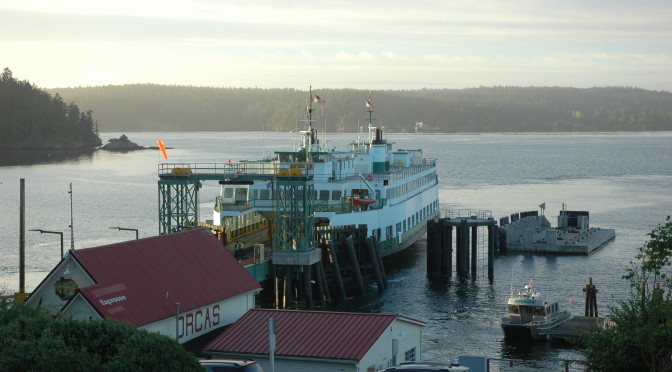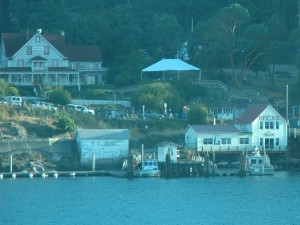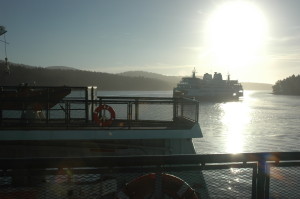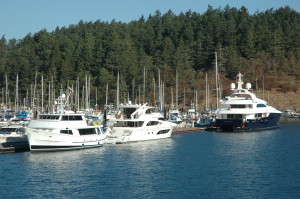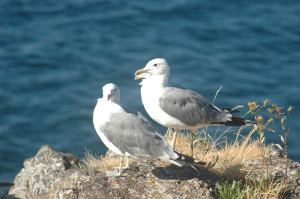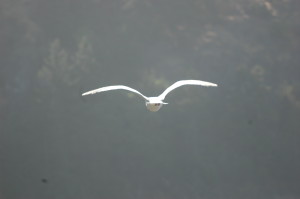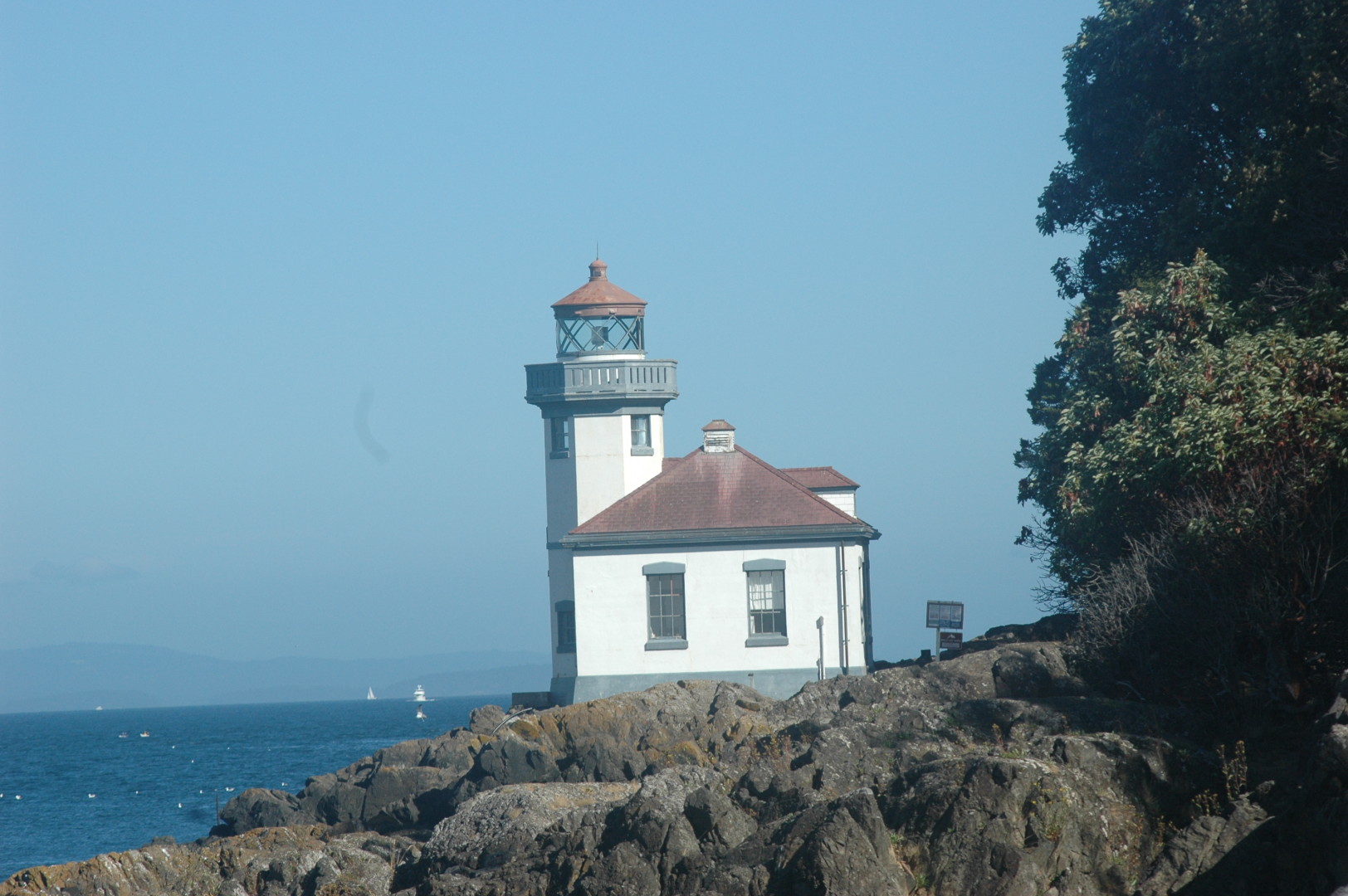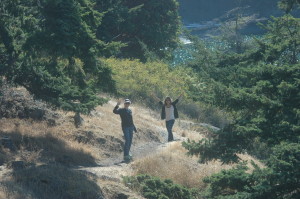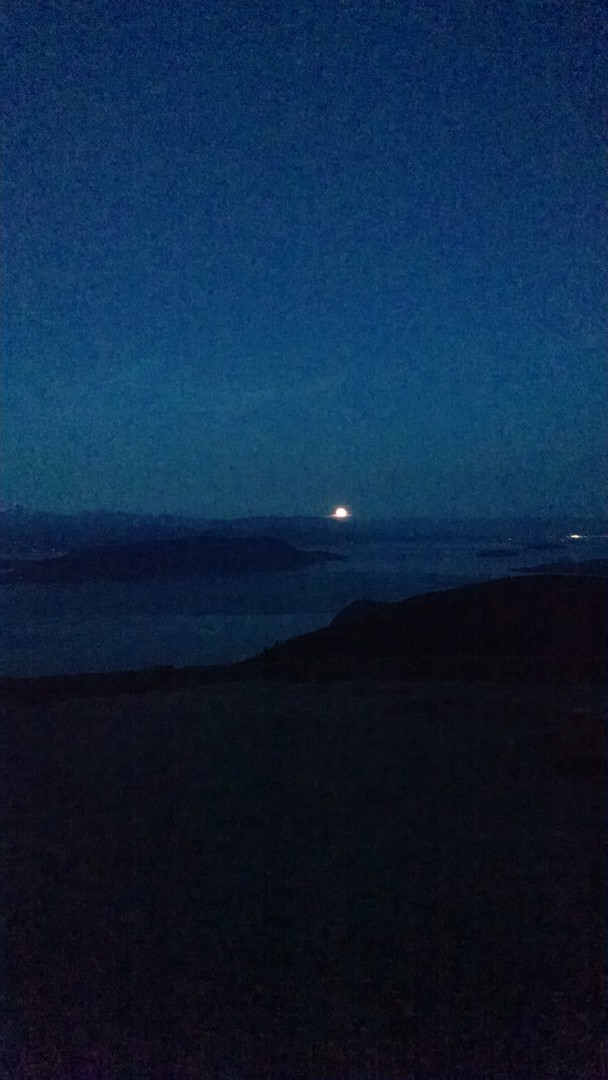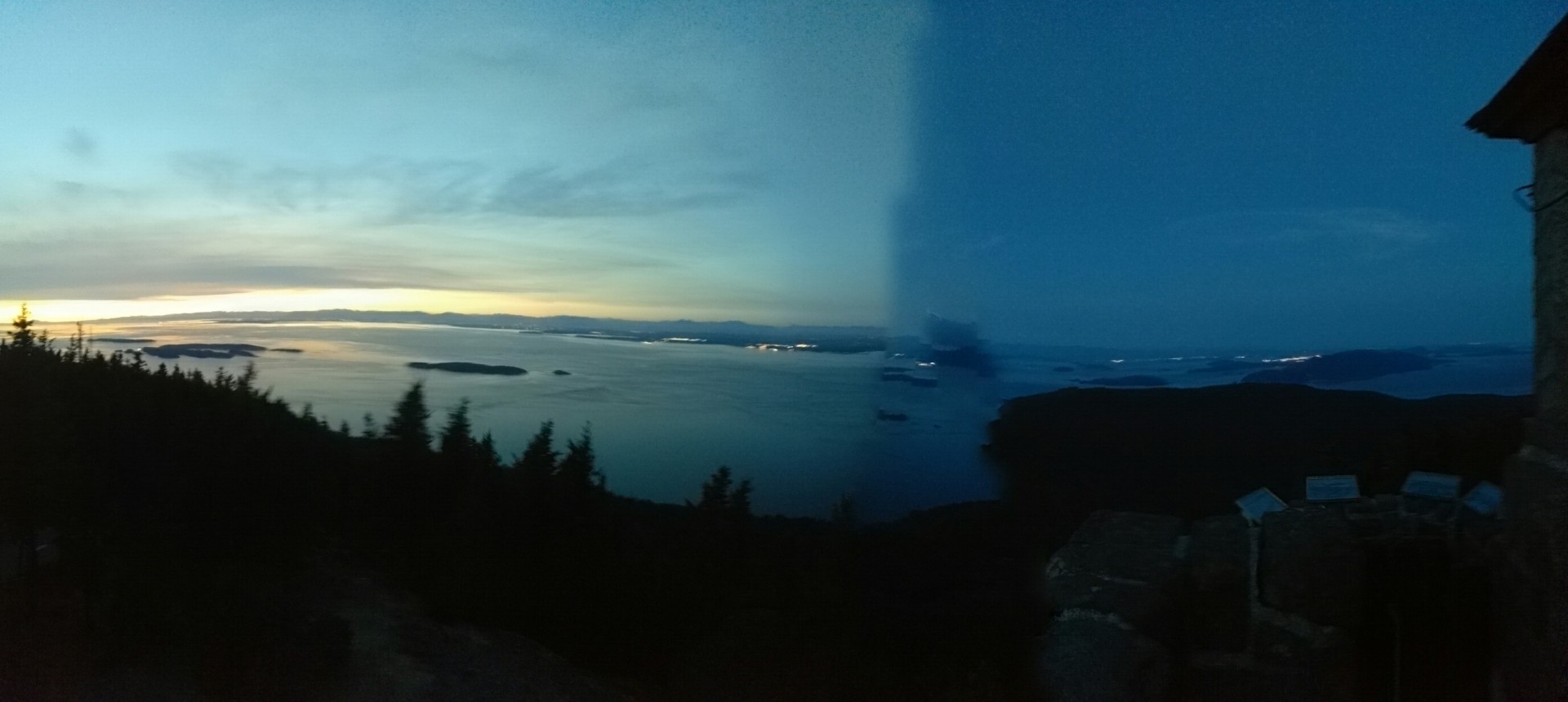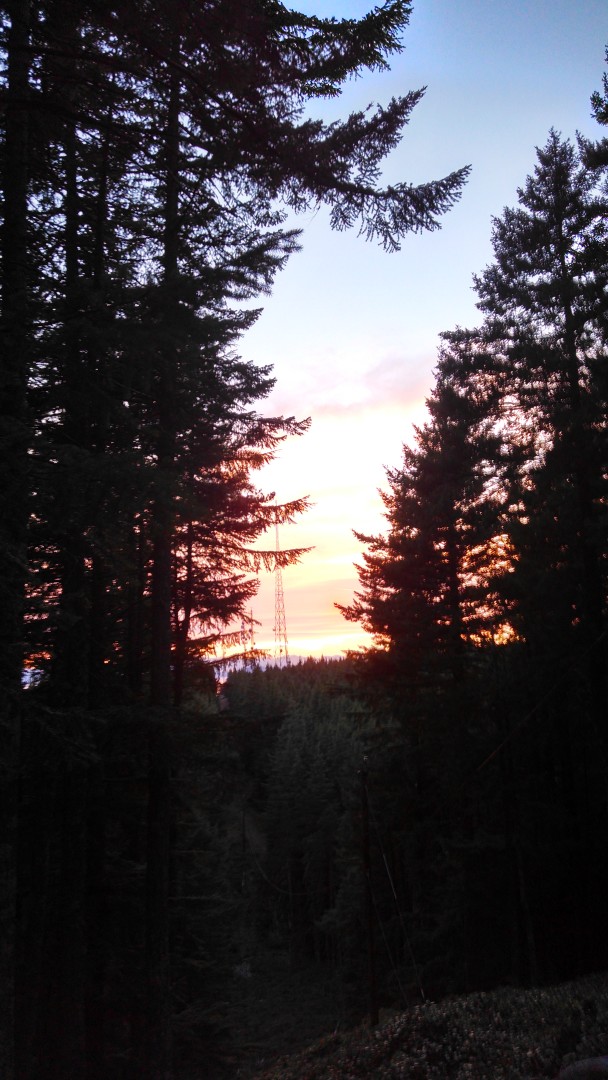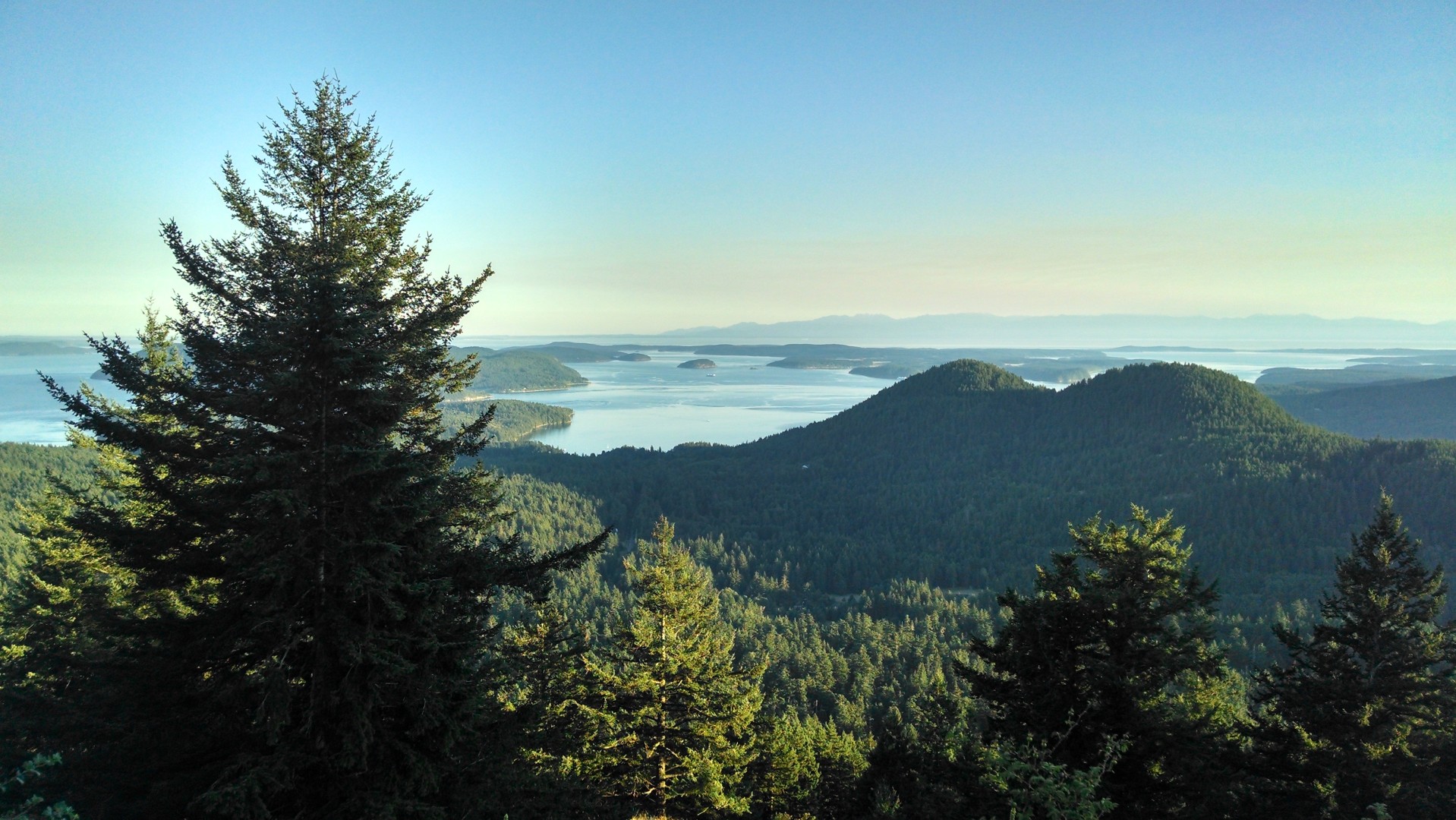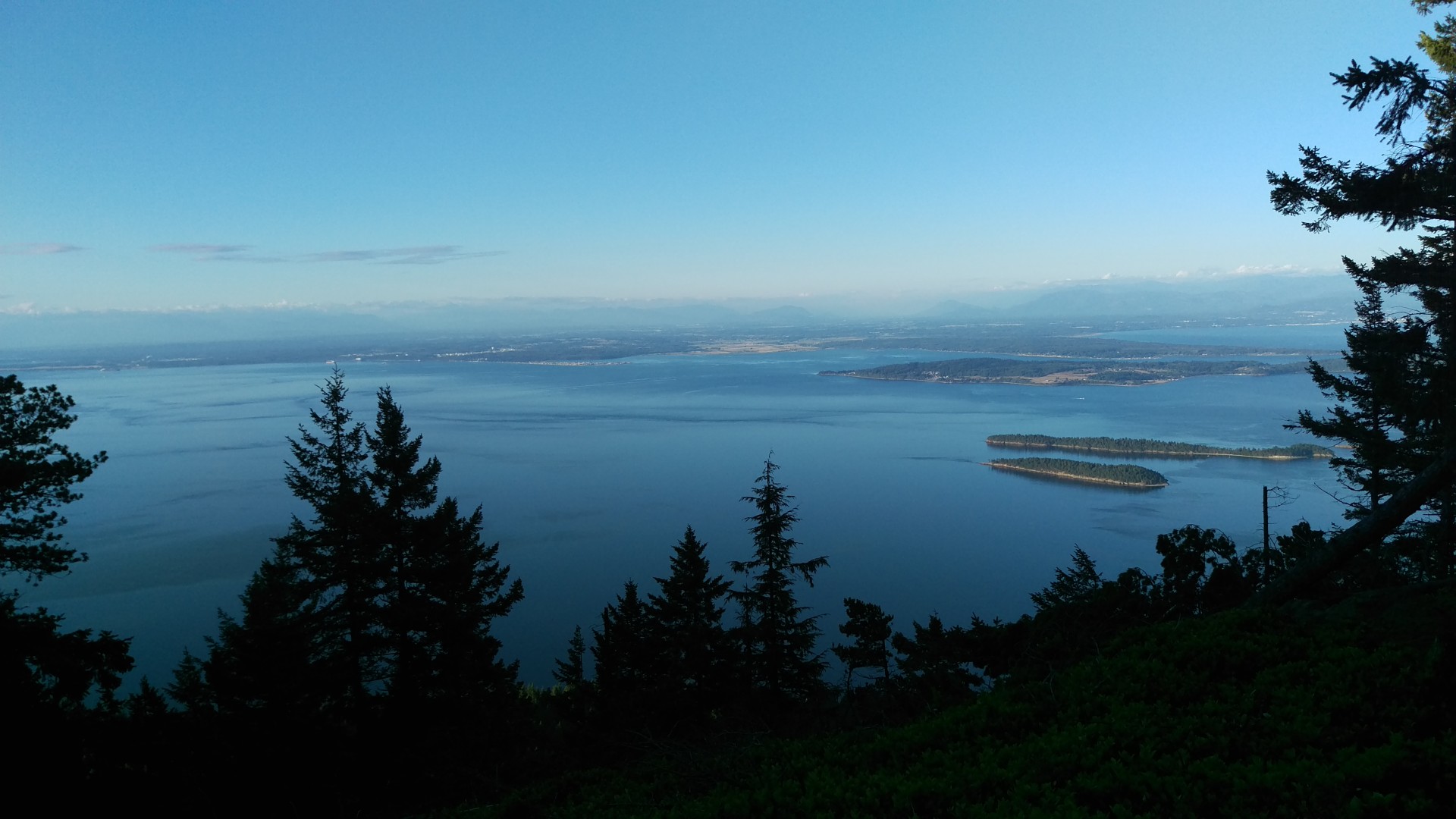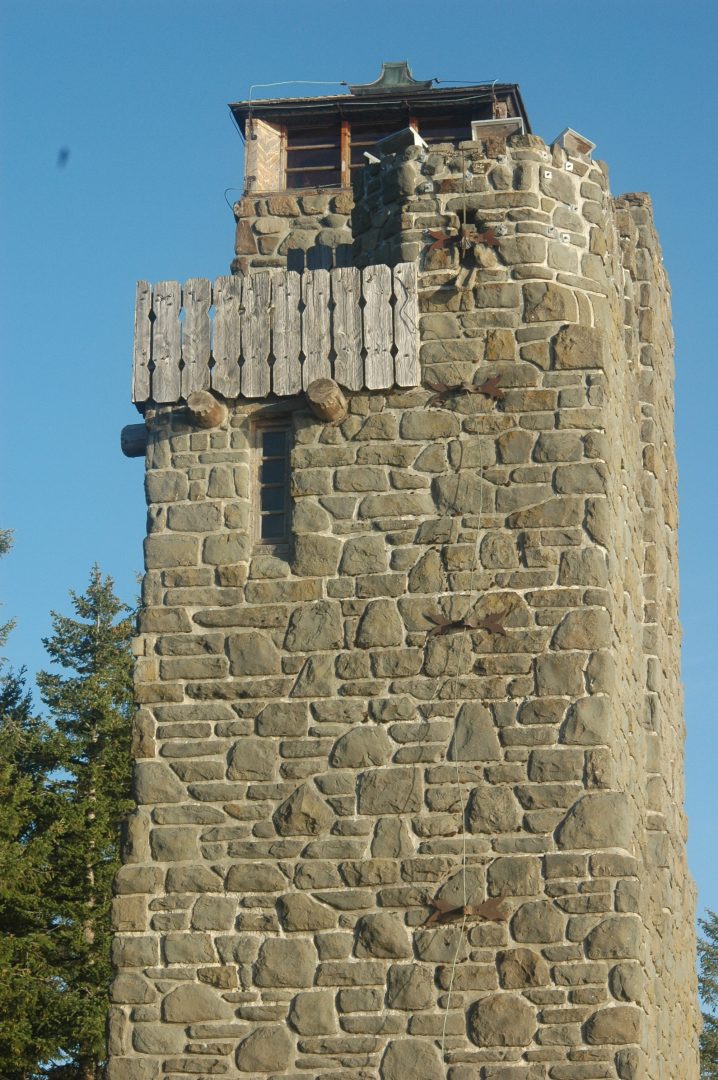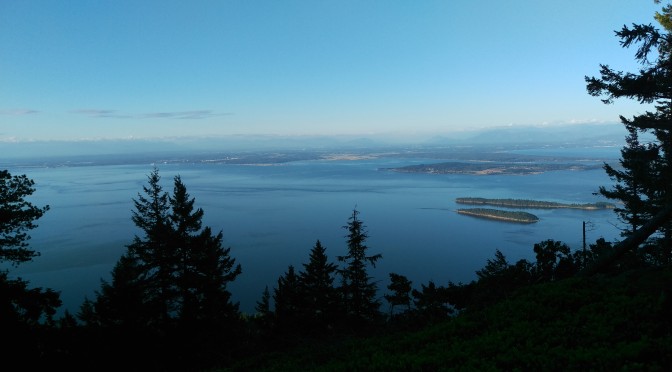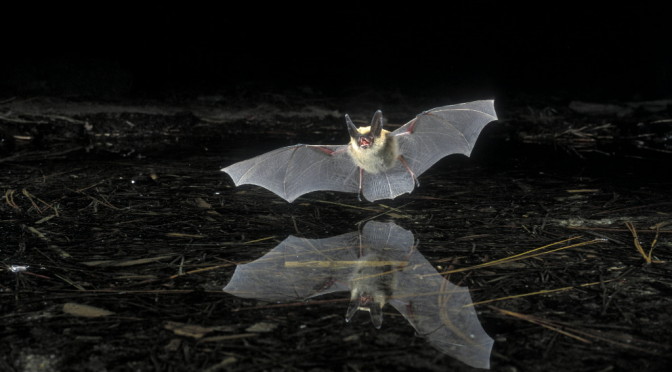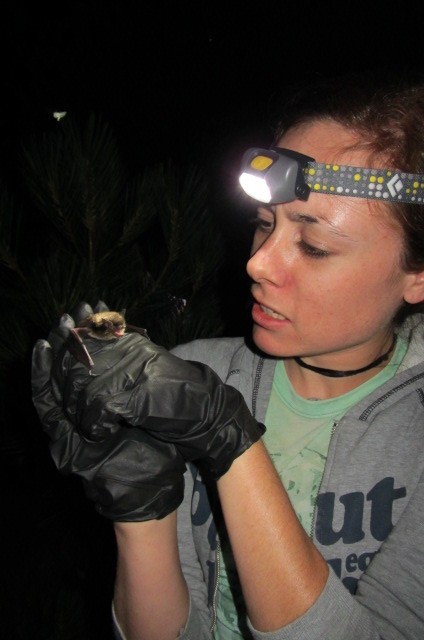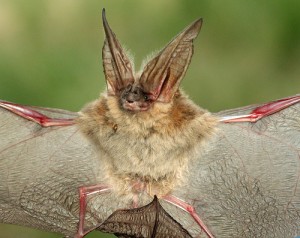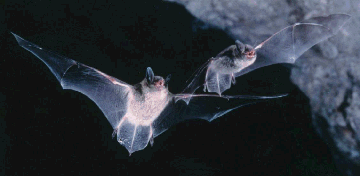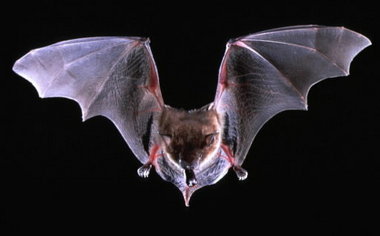Zen mastery is achieved through alert meditation, and sometimes aided by a sharp whack from the teacher’s Keisaku.

When the student becomes drowsy or loses concentration the teacher will remedy the inattention with a flat stick, judiciously applied, called the Keisaku.
Living in “miniature”, as we do in this small motor home also requires alert concentration. There is a meditative quiet in sharing quarters so closely. Ann and I sit at our respective sides of the dining “desk”, writing or reading, with only the whir of computer fans and the tapping of our keyboards stirring the air.
There can be a balletic grace in coordinating our movements about this space. The thoughtful shift of a foot or knee, a willowy bending or side-slip when passing in the aisle, with a whispered brushing of buttocks, and dinner gets prepared, the groceries find their way into the pantry, a buzzing fly is dispatched, they laundry gets folded, and the day unfolds just so.
However, lose one’s concentration, become distracted and forgetful proceeding in HASTE, and we will quickly be schooled by our Zen teacher with a sharp rap to the head, knee, or toe. The motor home itself is both Master and Keisaku.
Our good friends, Chris and Cherie , once wrote about the difficulties of living and travelling in another small motor home, aptly named by Winnebago “The Le’Sharo”. 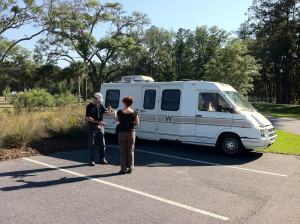 They were amused to find its name described the Fulani tribal custom, SHARO, of whacking errant students with a stick to improve their performance.
They were amused to find its name described the Fulani tribal custom, SHARO, of whacking errant students with a stick to improve their performance.
Would it surprise you, dear reader, to learn that the Le’Sharo they were driving is our OTHER rv? I am here to report that this American Clipper is continuing the tradition.  The knots on my head are proof of it. However, I like to think of them as small pebbles in the expanding Zen garden of my quiet and more concentrated mind, living small, atop a mountain.
The knots on my head are proof of it. However, I like to think of them as small pebbles in the expanding Zen garden of my quiet and more concentrated mind, living small, atop a mountain.

